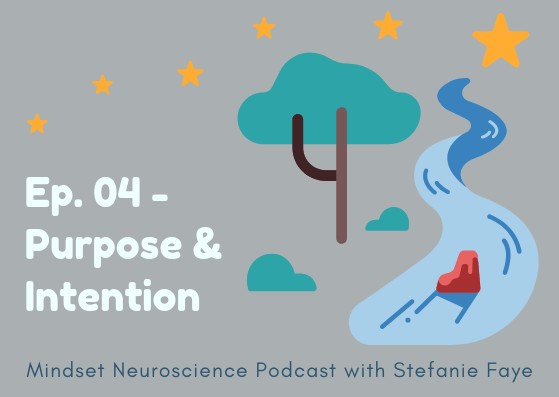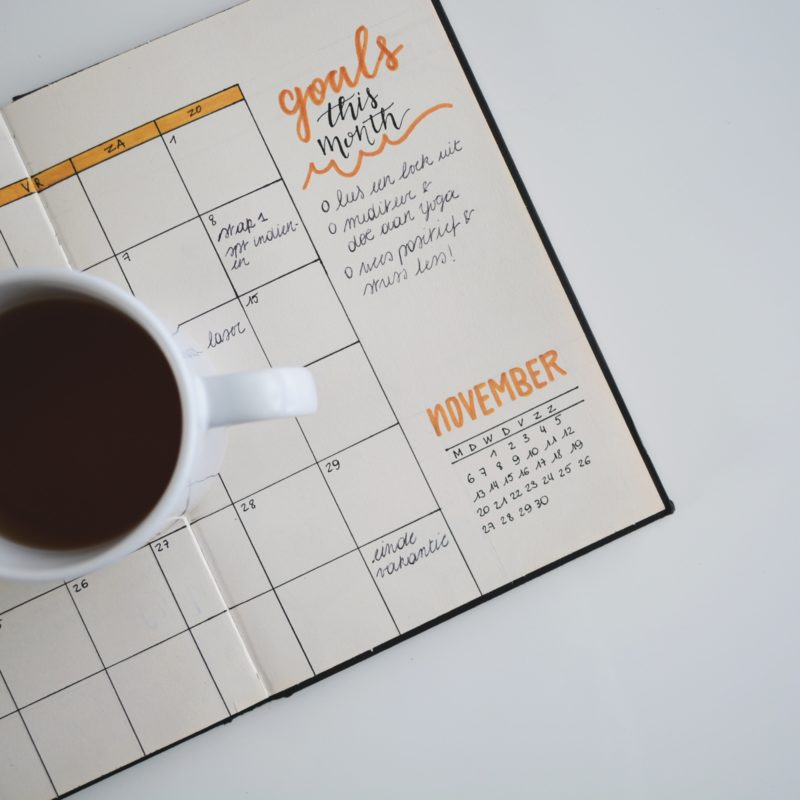Many people stay stuck in their head, 'lost in thought'...
this can be a useful tool for creating 'neural play and neural replay' for helping us plan, daydream, mind wander, envision and make our next move. (I'm a big fan of this, as are other neuroscientists)
But we can't stay there.
At some point, the neural activity 'up there' needs to be translated into the physical dimension 'down here'.
We can talk about the brain all we want, but if we want to create REAL change, the BODY is non-negotiable.
An example from the Movement Matters book is an expert bassoon player.
When this expert musician thinks of ‘bassoon’, their entire brain lights up with activity that simulates what it’s like to feel the smoothness of the instrument, the vibration of the sounds, etc. as they hear and play the instrument (Macrine and Fugate, 2022)
Someone who has never played that instrument will not have the same areas light up when they think about a bassoon - there will be categories and words associated with ‘bassoon’, such as instrument or music, but that embodied, sensorimotor anchor of knowledge will not be there.
We can apply this to ALL areas of learning: whether we're talking about relationship skills, stress management, high performance... To learn something well enough to apply it, personalize and use it, we need our body to ‘play’ and engage with the world, interact with it using our skin, muscles, bones and sensory receptors.
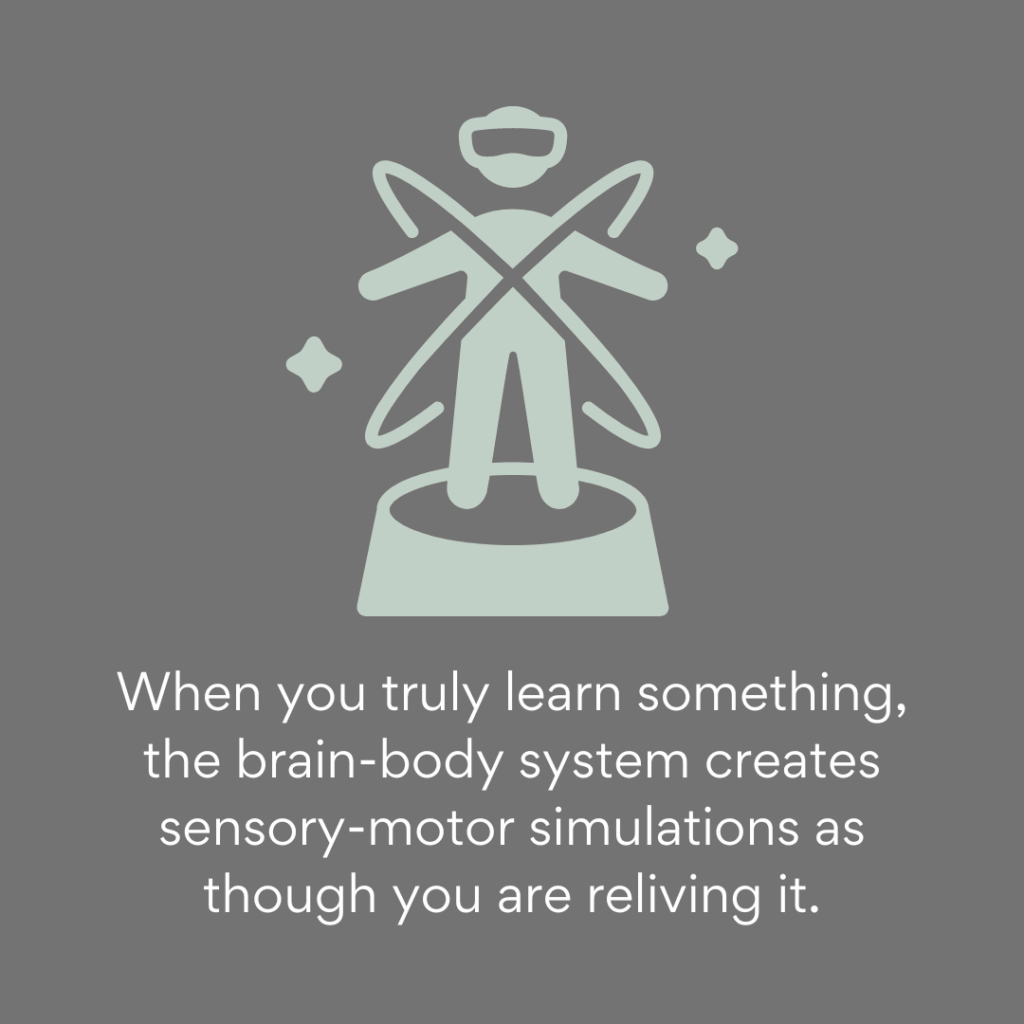
As Dr. Fugate says in this interview,
“the richer the initial experience , the richer the information that can be used for the simulation”.
Using more of our senses (including interoceptive and proprioceptive senses) during the learning process gives the brain-body more data to use later.
It also means finding ways to be fully present in our body in as many moments of life that we can be, so that what we learn from an experience can be internalized, richly simulated and integrated into multiple systems that help us apply what we learn.
Remember that learning is not just about academics, sports or technical skill…
Learning IS the mechanism for change.
This includes learning how to regulate our emotions, improve how we communicate, react and express ourselves in our personal professional relationships. How we respond to rejection and failure in order to iterate and keep going.
All of this is learning and requires the same type of embodied, embedded, enacted and extended approaches. .
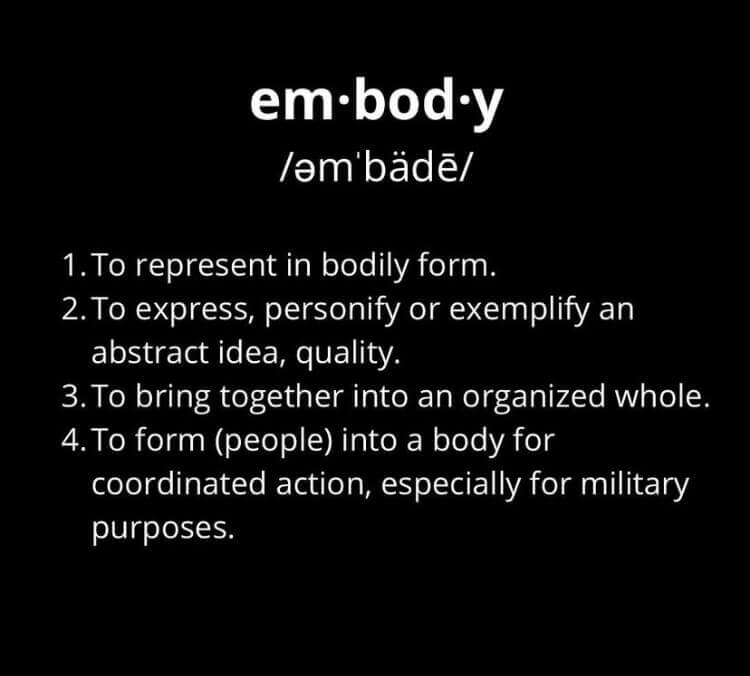
Learning & Intelligence are Embodied, Enactive, Embedded, Extended (Schiavio, A. & van der Schyff, D., 2018):
The idea of this process is aligned with 4E cognition. As described by Dr. Shaun Gallagher, this framework proposes that
“cognition is not just in the head. it's something that involves the body in general and also the situation of the body in the environment …”
There are 4 components of 4E cognition (Schiavio, A. & van der Schyff, D., 2018)
I'll cover these in an upcoming post!
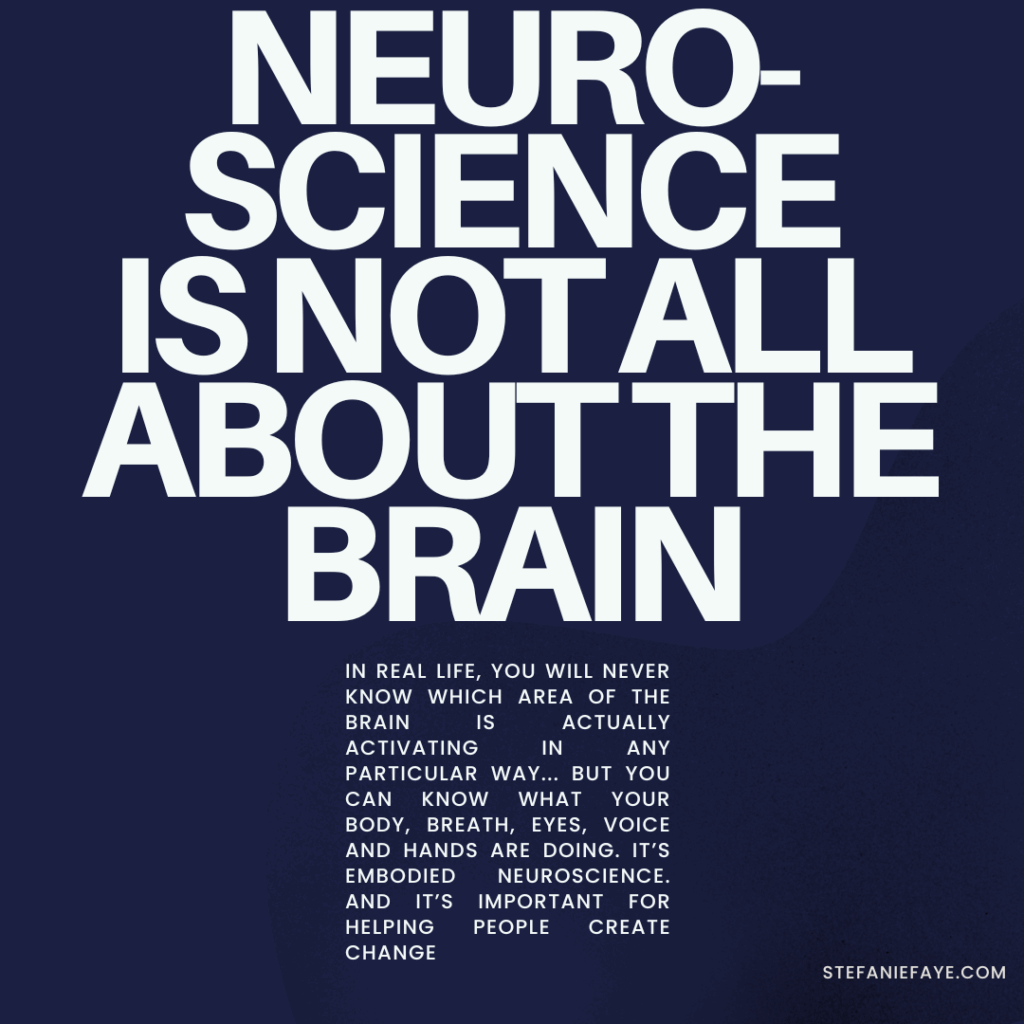
Old paradigm: Learning and Mindset as mental/cognitive constructs.
Many people who want to help others shift into a new mindset (or do this for themselves) are focusing almost exclusively on thought alone and going into the mind.
This is not enough.
Alternative paradigm: Mind-Body-Set that includes an awareness of our body
We use the body’s movements, inner workings, sensations and heart rhythms as gateways to understanding our mental and emotional state.
It is the transduction of electrochemical, nonphysical energy into mechanical, observable movement.
It’s about looking at thought turning to action and looking at how our movements and their related frequencies tell us about our thoughts.
It can also be about finding ways to use our hands, bodies and multiple senses to engage with our environment.
This increases the chances that what we learn from an experience can be internalized, richly simulated and integrated into multiple systems that help us apply what we learn.
INTEROCEPTION & INTERNAL 'EMBODIMENT' VS. BODY MOVEMENTS
"Embodied" sometimes referred to an idea that we need to be present to our INTERNAL ENVIRONMENT. That is related to INTEROCEPTIVE AWARENESS - also an important factor in emotion regulation. However, there are many reasons that we can become disconnected or dissociated from our bodies, including past trauma, developmental issues, sensitivities and other factors.
Anchoring some awareness to only one part of the body that we can physically observe can be a bridge to creating awareness about how our internal state might be manifesting. This can be sometimes easier for many people than trying to be more aware of "how they FEEL" (internally).
Different circuits of the brain are activated when we engage in movement and observation of our face and body versus trying to feel sensations in our viscera (internal environment).
Once this awareness of a physical component is increased, there can be more space for building a bridge into a more internally-focused awareness.
10 Day Experiment to Enhance Mind-Brain-Body Awareness:
- Notice how quickly a part of your body is moving in a given moment and
- Slow……. It……. Down…….
- Consider pausing briefly right as you notice this body part and BEFORE you continue the motion.
Day 1 and 2: Notice how quickly your mouth moves when you chew and when you talk, how long you hold a smile.
Day 3 and 4: Notice how quickly your fingers type, swipe and click on a screen. Slow them down (just for a moment, as an exercise in cortical/executive control.
Day 5 and 6: Notice what your hands grab at various moments in the day. For example, when you are not engaged in a task (maybe sitting on the couch, waiting for something). What impulse do you notice in your hand to grab something?
Day 7 and 8: Notice what your eyes are doing - for example, while sitting at home in the evening, or even take a walk and notice. Can you intentionally slow down their movement and allow a moment of longer presence to happen between your gaze and a plant, the sky, a tree, cloud, a loved one?
Day 9 and 10: Notice your breathing at any given moment. Notice where in the body you feel the most movement. See if you can get your belly to expand like a balloon during an inhale, feel the stretch of the belly as you pause and then feel it deflate as you breathe out slowly and quietly.
Taking a few moments each day to NOTICE something about how our body (including our face) is moving - tensing, relaxing, shifting, fidgeting - activates systems that help us have MORE CHOICE about what we might do with our fingers, hands, limbs, bodies, faces.
Having at least some ability to NOTICE and then possibly slow down, cease, enhance, modify or adjust a micro-movement we are making sparks brain structures that can help us move out of being stuck in automated behaviors (including communication behaviors) that are not creating the outcomes we want.
That is the power of awareness - and the power of using our mind to notice and then INSTRUCT the body.
We create our desired realities when our bodies move in this physical realm of experience.
Without movement, atoms and molecules do not shift, collide, and create change in the world around us.
The more moves we make, the more feedback we have to work with that helps us refine and elevate our next moves. This is the path to curating the experiences we truly want to live and co-creating our desired reality on this planet.
References
Di Vesta, F. J., & Peverly, S. T. (1984). The effects of encoding variability, processing activity, and rule–examples sequence on the transfer of conceptual rules. Journal of Educational Psychology, 76(1), 108–119
Macrine, S., and Fugate. J. (2022) Movement Matters: How Embodied Cognition Informs Teaching and Learning. https://mitpress.mit.edu/9780262543484/
Pashler, H., McDaniel, M., Rohrer, D., & Bjork, R. (2008). Learning Styles: Concepts and Evidence. Psychological Science in the Public Interest, 9(3), 105-119. https://doi.org/10.1111/j.1539-6053.2009.01038.x
Schiavio, A. & van der Schyff, D. (2018). 4E music pedagogy and the principles of self-organization. Behavioral Sciences, 8(8), 72.
Bringing the body into our understanding of the mind has been an integral part of my work for almost two decades. From research in labs and in the field, to personalizing and applying embodied principles of science as a counselor, coach and consultant to students, families, coaches and leaders of global organizations.
In my experience, learning about neuroscience in terms of brain 'parts' is not always enough and can be a disembodied, disconnecting approach to helping people understand their own patterns and how to update them in order to achieve a life they really want.
This is why I have been teaching audiences, leaders, coaches, teachers and professionals how to integrate what we know about the brain from peer-reviewed, long-term research, into how this plays out in their bodies.
This embodied knowledge is the key to transformation and creating our desired realities.
We can't live in our minds.
And sometimes learning things from a brain-based perspective actually gets people to be too much in their minds. Knowing a 'concept' doesn't necessarily mean a person can use that to improve their life.
So what do we do? We can learn about how it all plays out within the body.
The body serves as an entry point and anchor as to what our mind and heart are doing.
Mind-brain-body learning helps us create those bridges.
These are the underpinnings of Nervous System Audits and Client Journey Neuro-Mapping - the two systems I teach all of my clients.
In this program, you'll be a part of a community of coaches, leaders and professionals who want to ELEVATE their work by using two tools to help them resonate deeply and create touchpoints of trust and buy-in with their clients and audiences so that they can stand more firmly in their expertise and increase opportunities, engagement and buy-in for their services.
The program will start this October, with instant access (right now) to recorded seminars and workshops with foundational embodied neuroscience lessons for coaches, leaders and professionals to help them unlock the mind-brain-body potential of those they serve.

